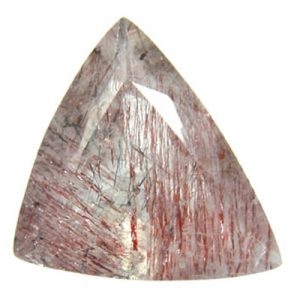Lepidocrocite (incl.)
Lepidocrocite OH) that are(γ-FeO(, also known as esmeraldite or hydrohematite, is an iron oxide-hydroxide mineral. Lepidocrocite has an orthorhombic crystal structure, a hardness of 5, the specific gravity of 4, a submetallic luster and a streak that is yellow-brown. It really is red to reddish brown and forms when iron-containing substances underwater that is rust. Lepidocrocite is usually based in the weathering of primary iron minerals plus in iron ore deposits. It could be regarded as rust scale inside old steel water pipes and water tanks. The dwelling of lepidocrocite is comparable to the boehmite structure present in bauxite and comes with layered iron(III) oxide octahedra bonded by hydrogen bonding via hydroxide layers. This relatively weakly bonded accounts that are layering the scaley practice of the mineral.
It absolutely was first described in 1813 through the Zlaté Hory polymetallic ore deposit in Moravia, Czech Republic. The name is through the Greek lipis for scale and krokis for fiber. Lepidocrocite is rarely a gem that is faceted a unique but more commonly an attractive inclusion in Quartz. Lepidocrocite is rarely faceted because it is usually very small, opaque and difficult to facet due to its perfect cleavage and hardness that is variable the crystals. Facetable Lepidocrocite is recognized to exist in Brazil but is extremely rare. Colors vary from deep red to red-brown to purple. The name Lepidocrocite is from the Greek words lipis meaning scale and krokis fiber that is meaning of the scaley and fibrous nature regarding the crystals.
| Category: | Oxide minerals |
| Formula: | γ-FeO(OH) |
| Iron(III) oxide-hydroxide | |
| Crystallography: | Orthorhombic – Dipyramidal |
| Crystal Habit: | Crystals typically flattened on [010], isolated, to 2 mm, or aggregated into plumose or rosettelike groups; bladed, micaceous, fibrous, massive. |
| Twinning: | None |
| Cleavage: | [010] Perfect, [100] less Perfect, [001] Good |
| Fracture: | Irregular/Uneven |
| Tenacity: | Fibrous |
| Hardness (Mohs): | 5.0 |
| Density: | 4.05 – 4.13 (g/cm3) |
| Luminescence: | None |
| Radioactivity: | Not Radioactive |
| Color: | Red, Yellowish Brown, Blackish Brown |
| Transparency: | Opaque |
| Luster: | Sub-Metallic |
| Refractive Index: | 1.94 – 2.51 Biaxial ( + ) |
| Birefringence: | 0.570 |
| Dispersion: | Relatively weak |
| Pleochroism: | Strong; X = colorless to yellow; Y = orange, yellow, dark red-orange; Z = orange, yellow, darker red-orange. |
| Anisotrophism: | Strong; color in reflected light: grayish white |


